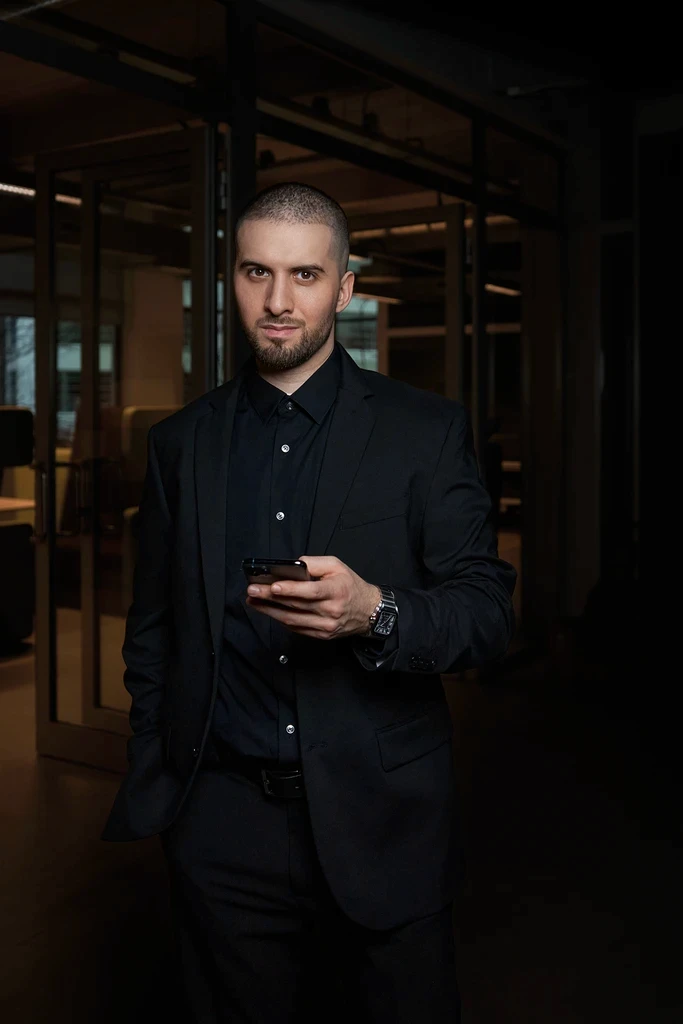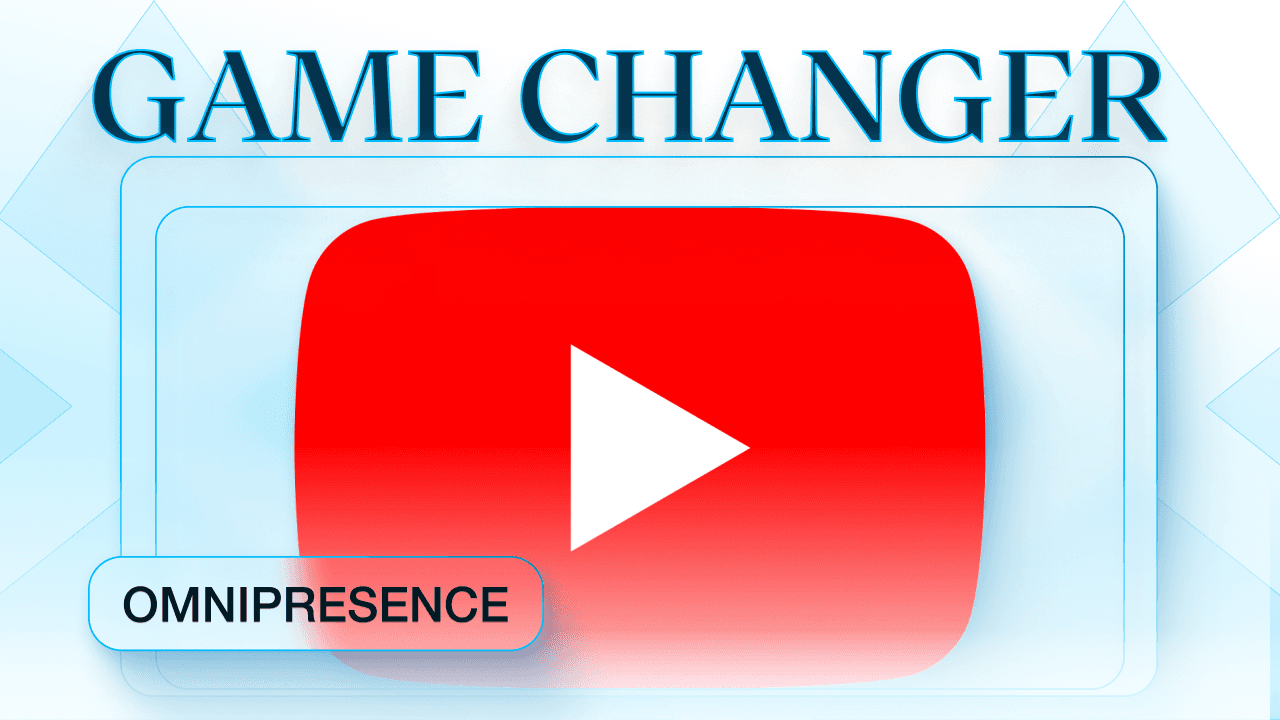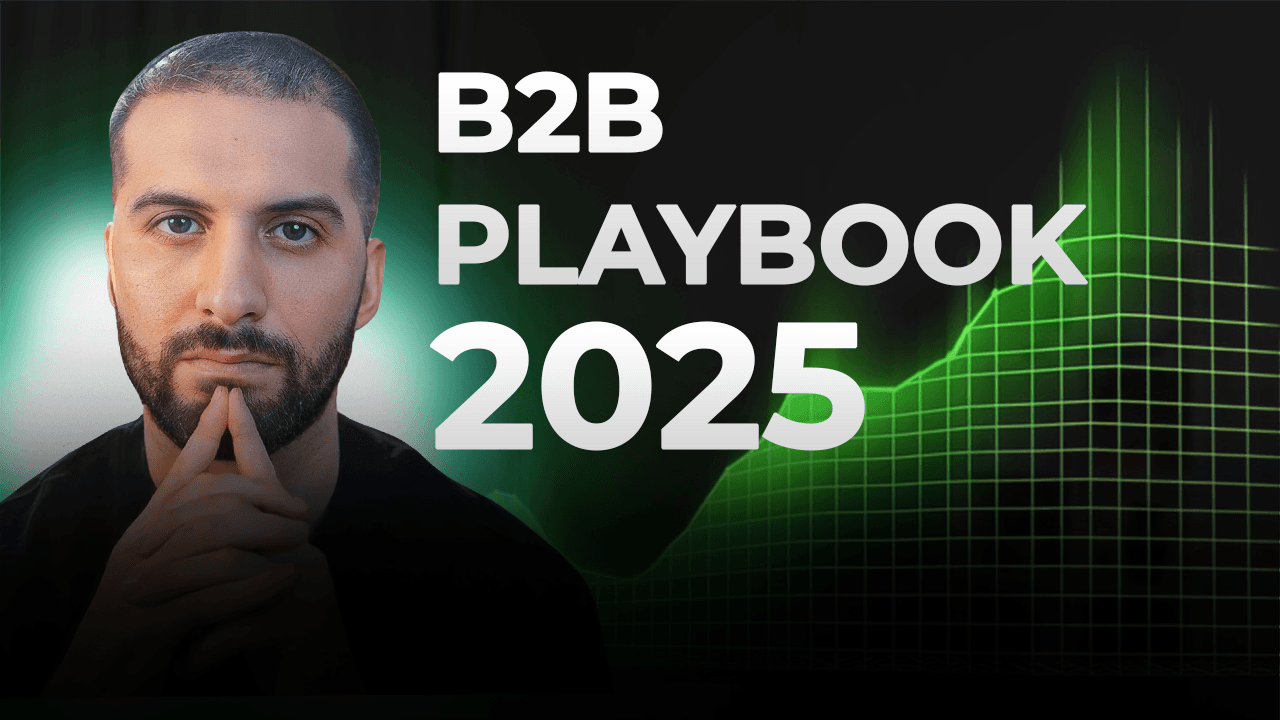
In a recent podcast, Zachary Murray, a seasoned marketer and entrepreneur, shared his insights into how advertisers can optimize their creative process, track competitors, and scale paid media strategies effectively.
The Challenge of Modern Advertising
The digital advertising landscape is more competitive than ever. Platforms like Facebook and TikTok have evolved into complex ecosystems where algorithms prioritize engagement and relevance, making it harder for advertisers to gain visibility. As a result, many brands pour substantial resources into paid advertising yet struggle to identify what drives conversions and ROI.
A significant challenge is the lack of transparency in how these platforms operate. Advertisers invest in creative assets and targeting strategies, but the inner workings of the platforms remain a challenge. Brands often rely on trial and error without clear insights, leading to inefficient budget allocation and underperforming campaigns.
Additionally, the speed of content consumption on these platforms has increased dramatically. Attention spans are shorter, and competition for user engagement is fiercer than ever. Marketers must continuously produce fresh, high-quality content that captures audience interest within the first few seconds. Without an efficient, creative workflow, teams may struggle to generate compelling ad variations at the necessary scale.
To overcome these challenges, having a streamlined creative workflow is essential for consistently delivering high-quality, high-performing content.
Structuring a Creative Workflow to Maximize Ad Performance
An effective ad creative workflow ensures that marketing teams can generate, test, and iterate on their advertising content efficiently. A well-structured workflow includes the following steps:
Gathering Inspiration – Study high-performing ads across different industries to understand creative trends, messaging styles, and storytelling techniques.
Tracking Competitor Strategies – Monitoring competitors’ ads provides insights into what’s working and what’s not in the market.
Building Creative Briefs – A structured brief helps teams align on key messaging, visuals, and objectives before production begins.
Testing and Optimization – Running A/B tests on ad creatives ensures that brands invest in the most effective messaging and formats.
Reviewing Performance Metrics – Learning from past performance helps refine future creative strategies.
The Importance of Strategy Over Hacks
One of the biggest misconceptions about paid advertising is the belief that it's a magic bullet for instant business growth. Instead of relying on shortcuts, advertisers should focus on a structured, ongoing process to maximize the impact of paid ads.
An intense creative process is essential for scaling ads effectively. Today, creative content influences ad targeting more than complex bidding strategies. If an ad isn’t performing well, the issue often lies in weak messaging rather than platform inefficiencies.
While studying competitors can provide valuable insights, direct copying lacks originality. Instead, businesses should analyze how industries communicate similar messages and adapt those strategies to align with their unique brand voice.
Additionally, continuous testing is vital for success. The most effective advertisers consistently test new ideas and angles, using data-driven insights to iterate and refine their campaigns for better performance.
Below is a list of some key dos and don’ts to help you refine your strategy:
Dos:
Invest in high-quality creative – Strong visuals, compelling copy, and engaging storytelling significantly impact ad performance.
Test multiple variations – Run A/B tests to determine which creative, messaging, and targeting strategies resonate best with your audience.
Analyze and iterate – Use data-driven insights to refine your campaigns and improve performance over time.
Diversify your ad placements – Relying on a single platform can limit your reach. Test different channels to see where your audience engages most.
Monitor competitors – Understanding what’s working for others in your industry can help identify trends and opportunities.
Don’ts:
Don’t rely solely on automation – While AI tools can optimize campaigns, human oversight is crucial to ensure strategy alignment.
Don’t ignore audience feedback – If engagement is low, reconsider your messaging and creative elements instead of simply increasing the budget.
Don’t copy-paste competitor strategies – What works for others may not work for your brand. Instead, use competitor insights as a guide to develop original ideas.
Don’t expect immediate results – Paid advertising is an iterative process that requires consistent refinement and testing to achieve long-term success.
Don’t neglect organic marketing – Paid ads should complement, not replace, a strong organic content strategy to build lasting brand loyalty.
The Role of AI in Ad Creative
As marketers refine their approach with paid ads, integrating emerging technologies like AI can elevate the creative process and further enhance campaign performance.
AI can enhance the creative briefing process by helping advertisers structure and refine ad messaging. AI tools can:
Analyze existing ads for patterns in structure and messaging.
Assist in generating variations of ad scripts based on successful templates.
Identify emotional triggers and messaging styles that drive engagement.
However, as earlier mentioned, AI should complement rather than replace human strategy. The best results come from combining AI’s efficiency with human creativity and market knowledge.
Learning from Market Trends
Rather than relying solely on paid advertising platforms, advertisers should explore trends beyond their direct industry. Studying brands in diverse industries can offer fresh perspectives and valuable insights.
For instance, consumer goods companies excel at positioning lifestyle benefits, making their products feel essential to daily life. Meanwhile, technology brands simplify complex products through engaging storytelling, ensuring that even intricate solutions feel accessible to their audience. In healthcare, trust is a critical factor, and successful brands build credibility by leveraging data and testimonials.
By analyzing these different approaches, advertisers can extract creative principles and adapt them to their own campaigns, leading to more compelling messaging and stronger audience engagement.
Conclusion
Improving ad performance requires a structured, data-driven approach to creative development. Marketers can develop more effective ad campaigns by focusing on workflow efficiency, competitive insights, and testing. Additionally, leveraging AI and learning from cross-industry trends can enhance creative strategies.
Rather than chasing hacks, advertisers should build strong internal processes that enable consistent creative improvement and long-term success.
For more in-depth insights on optimizing ad creative workflows, watch the full podcast with Zachary Murray.

Jousef Murad
Founder of APEX




